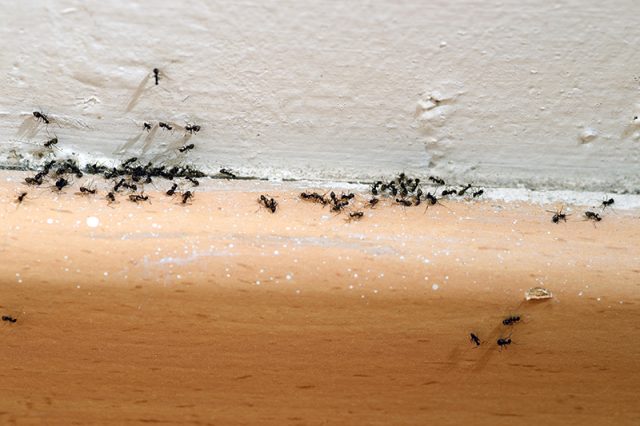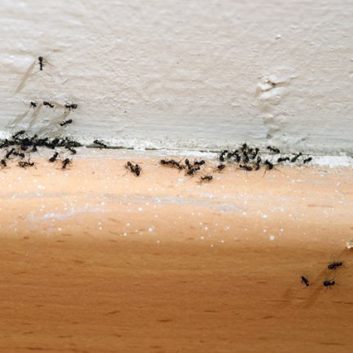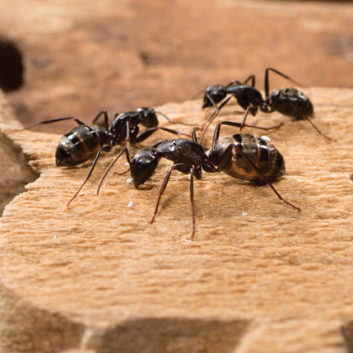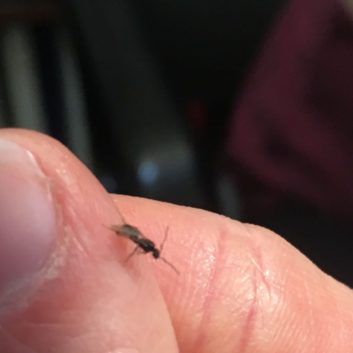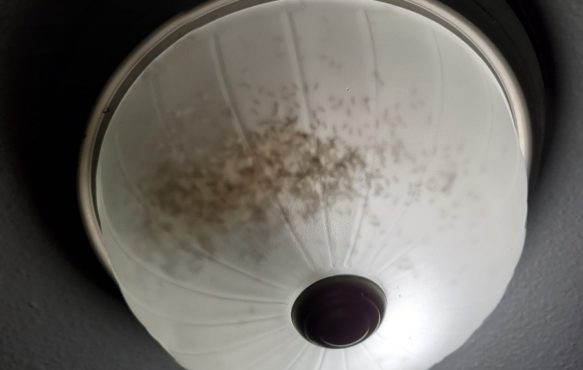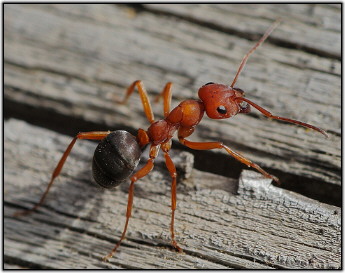Non Nesting Ant Species
While we all remember from elementary school ants and their hills, what many do not realise is half the species we deal with in the Pacific Northwest are not actually nesting ants! The Odorous House Ant, Pavement Ant, and Moisture Ant are all examples of nomadic, migratory ant species that are on the move constantly looking for shelter and food. Often times they end up in locations that do not agree with our lifestyles, such as in the siding of our houses, walls, electrical outlets and fixtures, walkways, and other areas we would prefer not to see them. Swarming season begins in the Spring and, depending on the heat, these pests can be active as an entire colony until Fall. During the Winter, often times portions of the colonies will wake up from their bivouac and go exploring. These can truly be year round pests. For these species the best prevention is long term and ongoing. While some do manage to have a single annual service and not have issues, others may end up with back to back sprays and gels for long periods of time based upon where the actual migratory bivouac is. If they have chosen your house, call us to evict them!




